Are you curious about ancient civilizations and archaeological finds? Here are the archaeology museums you must see in Extremadura:
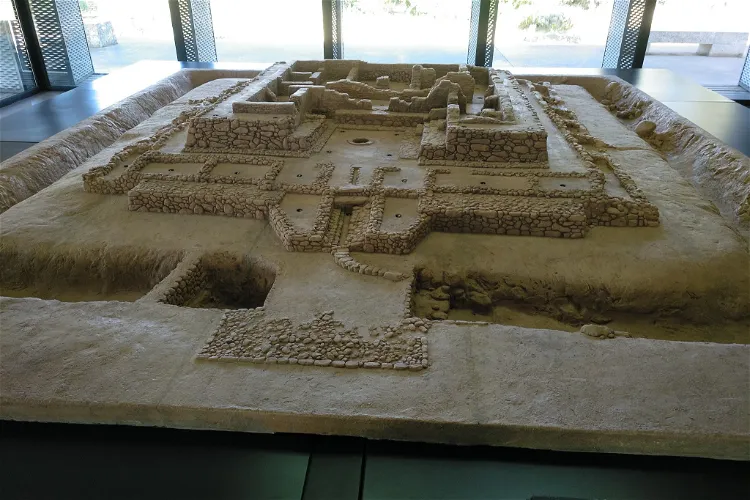
Cancho Roano Interpretation Center
Zalamea de la SerenaCancho Roano is an archaeological site situated in the municipality of Zalamea de la Serena, in the province of Badajoz, Spain. This site is known for being the best preserved Tartessian site, dating back to at least the sixth century BCE. The site is located three miles from Zalamea de la Serena in the direction of Quintana de la Serena Quintana, nestled in a small valley along the stream Cagancha.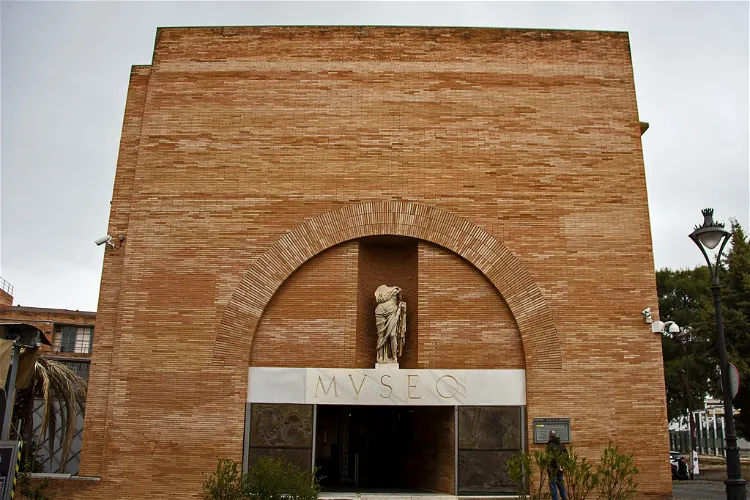
National Museum of Roman Art
MeridaThe National Museum of Roman Art, located in Merida, Spain, is a significant cultural institution that was inaugurated on September 19, 1986. The museum's building, a work of renowned architect Rafael Moneo, is a testament to the rich history and architectural prowess of the Roman era. Visitors to the museum can appreciate the architectural design of the building, which is a modern interpretation of Roman architecture.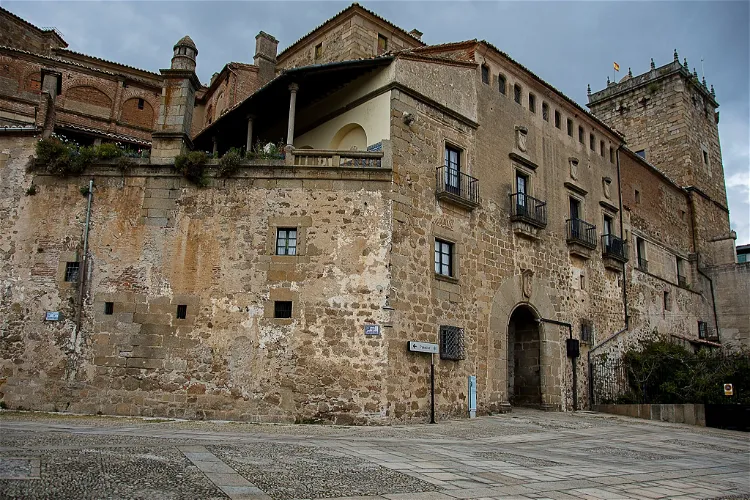
Mirabel Palace
PlasenciaThe Mirabel Palace is a historic building dating back to the 15th century, located in the city of Plasencia, in the autonomous community of Extremadura, Spain. This significant civil building was declared a site of cultural interest in 1977. It was built by Álvaro de Zúñiga and Guzmán and his second wife Leonor Pimentel and Zúñiga, the first Dukes of Plasencia.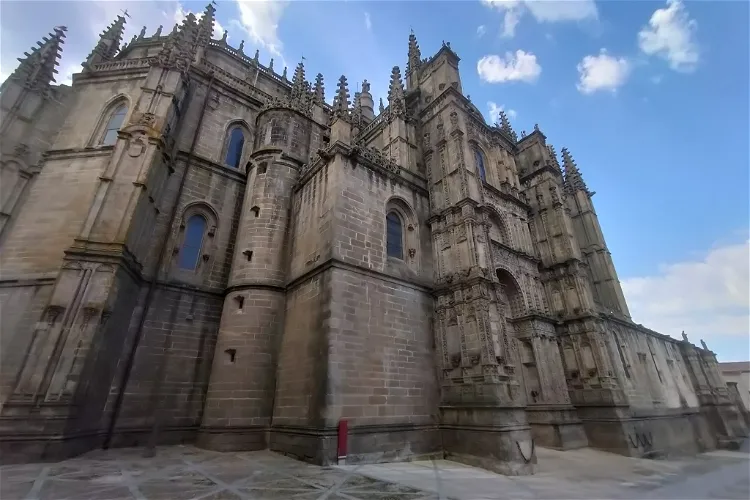
Cathedral of Plasencia
PlasenciaThe Cathedral of Plasencia is a complex structure consisting of two or three parts. The "Old Cathedral" was built in the 13th and 14th centuries and is now used as a museum. The "New Cathedral" was begun in the late 15th century. Additionally, there is a medieval cloister (claustro) with an adjoining chapter house (sala capitular). All parts of the cathedral are made of precisely hewn sandstones, showcasing the architectural prowess of the time.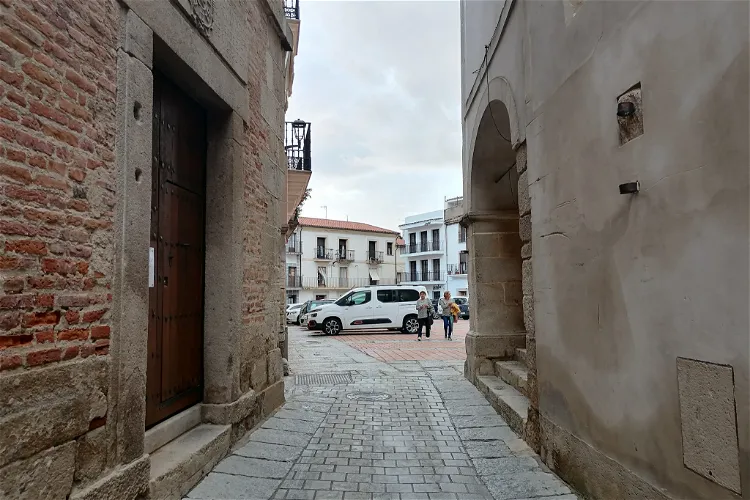
Royal Prison Museum
CoriaThe Royal Prison Museum is situated in the charming Spanish town of Coria, nestled in the province of Cáceres. This location offers visitors a unique blend of history and culture, as they explore the museum housed in a former prison.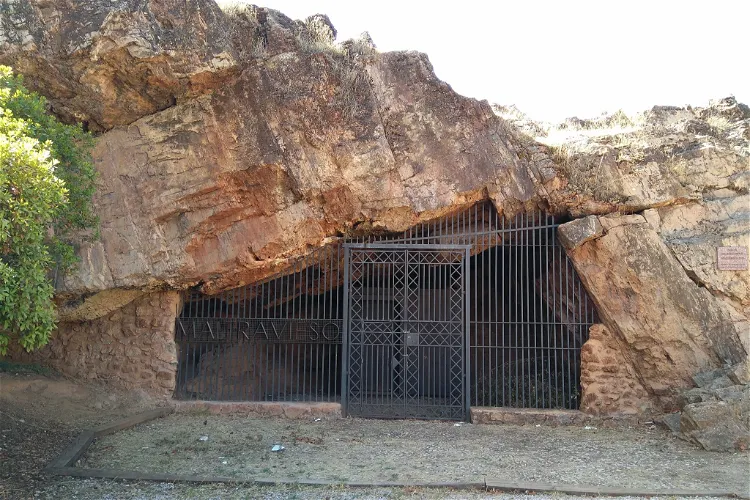
Cave of Maltravieso
CáceresThe Cave of Maltravieso is home to a significant collection of cave art. This includes a total of 71 hand stencils, which were enumerated in the 1990s using ultraviolet photography. In addition to these hand stencils, the cave also features linear designs and some animal paintings, offering a rich visual experience for visitors.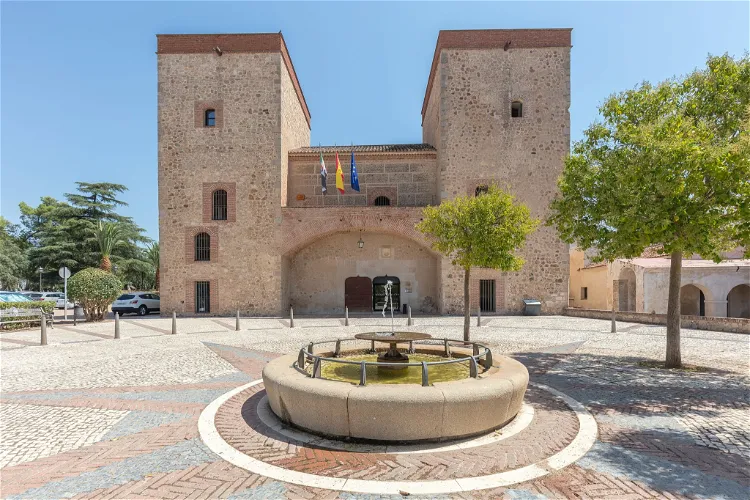
Archaeological Museum of Badajoz
BadajozThe Archaeological Museum of Badajoz is housed in a building of historical and architectural significance. It is located within the precinct of the Islamic Alcazaba, which is the highest point in Badajoz. This location not only provides a unique setting for the museum but also adds to the historical richness of the exhibits.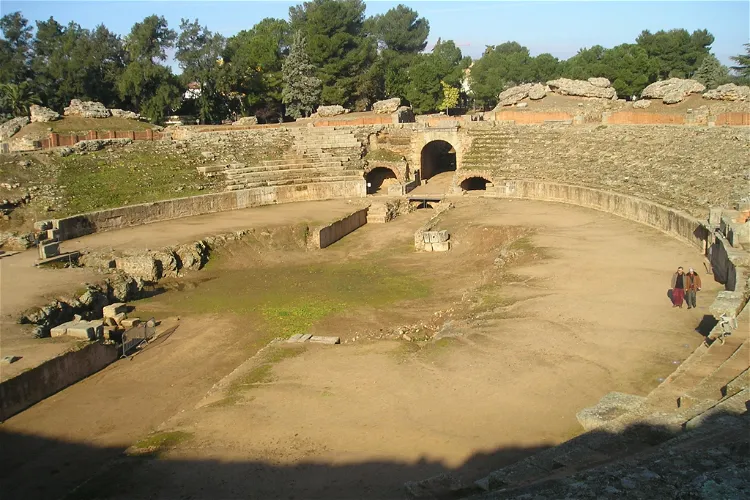
Roman Circus Interpretation Center
MeridaThe Roman Circus of Mérida holds a significant place in history as it is believed to be the first of its kind built in Roman Spain. Constructed around 20 AD during the reign of Roman Emperor Tiberius, this ancient structure offers a glimpse into the grandeur of Roman architecture and the cultural practices of the time.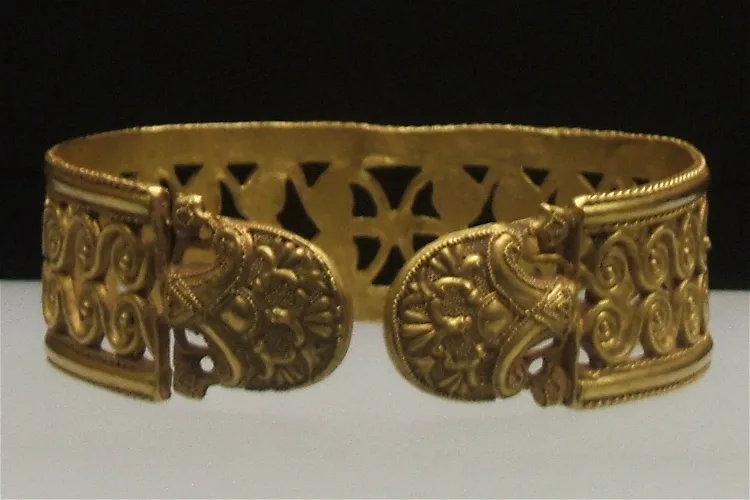
Centro de Interpretacion del Tesoro de Aliseda
AlisedaThe Aliseda Treasure, discovered in an ancient Tartessian funerary deposit in Aliseda, Cáceres, is a significant part of the museum's collection. Predominantly made of gold, the treasure showcases the intricate filigree and low relief techniques that were prevalent during the time. The treasure was found in February 1920 and has been a property of the Spanish state since September 1920, housed in the National Archaeological Museum of Spain.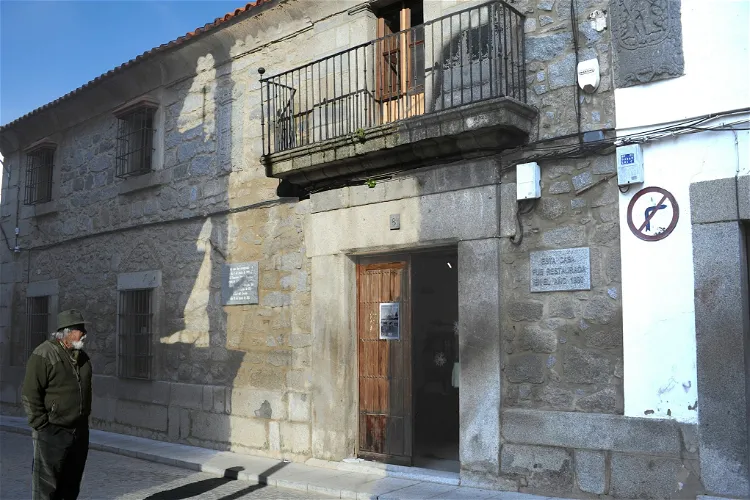
Museo del Granito
Quintana de la SerenaThe Museo del Granito in Quintana de la Serena, Extremadura, Spain, offers an insightful exhibition about the geology of granite. Visitors can learn about the extraction, transformation, and various uses of this versatile stone. The museum also displays both ancient and modern tools used by quarry workers, as well as a representative sample of regional and national granites.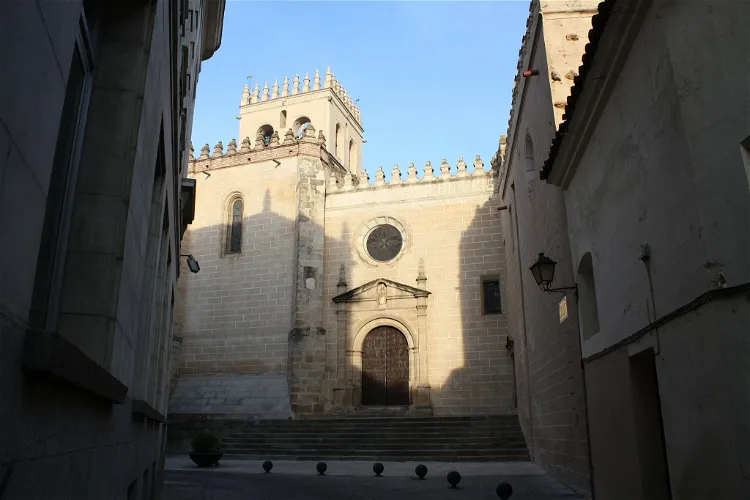
Cathedral Museum
BadajozThe Cathedral Museum of Badajoz is an integral part of the Metropolitan Cathedral of San Juan Bautista de Badajoz. Located in the city of Badajoz, Spain, the museum is a significant part of the cathedral's structure, offering visitors a unique opportunity to explore both the religious and historical aspects of the region.